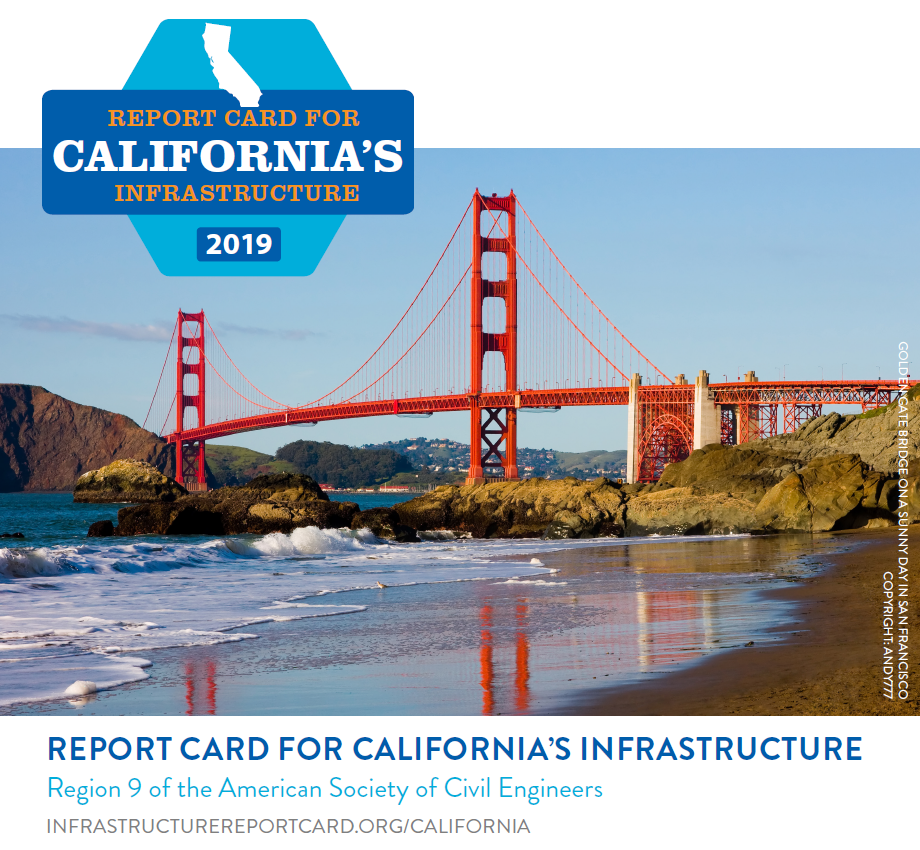It’s rare for the public to notice a well-functioning infrastructure, until something goes wrong like the Aliso Canyon gas leak or the Orville Dam spillway emergency. Only when a populated area is threatened or evacuated does the public become aware of the infrastructure's importance.
Other challenges, like bringing safe drinking water to California’s rural communities, are rarely discussed except by those who live there. In some communities, arsenic, chromium or nitrates have rendered the water unsafe and requiring treatment. And retrofitting of coastal structures for sea level rise resilience is another important part of our infrastructure that may not appear urgent in Sacramento’s myopic budget cycle. Even road improvements, which have readily visible economic benefits such as reducing vehicle wear-and-tear and increasing fuel efficiency are neglected because of inefficient resource allocation.
To assess the condition of California’s infrastructure, ASCE divided the infrastructure into 17 categories (e.g., dams, drinking water, ports, schools) and assigned a subcommittee to each category. The subcommittee did the technical research and assigned a grade. The individual category grades were then averaged by ASCE to determine the overall state grade.
The team gave the highest grades to aviation (C+), ports (C+), and wastewater (C+) and the lowest grades to energy (D-), inland waterways (D), levees (D), and roads (D).
To raise the grades, ASCE recommends that California decision-makers: 1) promote effective and collaborative leadership, 2) develop intelligent plans to better identify funding needs, 3) increase state and local funding, and 4) inform the public and raise overall awareness about infrastructure issues.



















